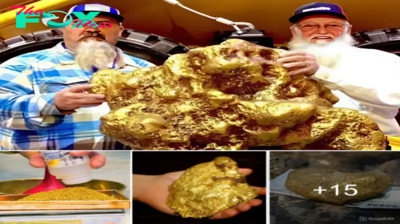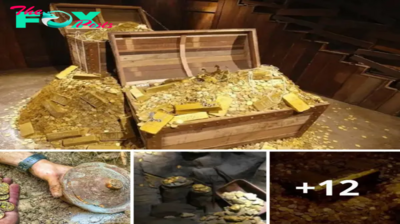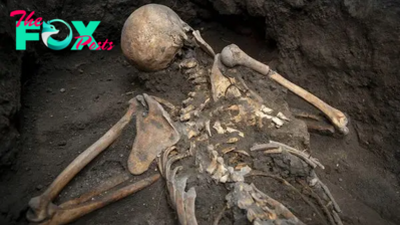Archaeology
Rare Roman-era silver ingots depicting Constantine the Great seized from alleged black-market sale
Three "truly sensational" Roman-era silver ingots depicting Constantine the Great were nearly sold illegally on the internet, a new investigation finds.
An unnamed man alleged that his great-grandmother found the rare artifacts buried in the family's backyard in Transcarpathia (also known as Zakarpattia), a region in western Ukraine. Later, the man reportedly tried to sell one of the silver bars online, according to Public Uzhgorod, Ukraine's public broadcast station.
However, officials from the museum intervened by reporting the attempted illegal sale to local law enforcement. When officers searched the home, they discovered two additional ingots. Because the ingots have "special cultural value," Ukraine's Office of the Prosecutor General has taken over the case, according to a translated statement from the National Museum of the History of Ukraine in Kyiv.
Each of the metal blocks, which are almost entirely pure silver, weighs more than 12 ounces (342 grams) and contains a coin-shaped impression of Emperor Constantine the Great on each side, according to the statement. Constantine, who ruled from A.D. 306 to 337, is known for ushering Christianity into the Roman Empire and moving his capital to "New Rome," which later became Constantinople (modern-day Istanbul).
The ingots would have been used during the minting process to strike coins known as siliquae. The coins with Constantine's likeness would have been issued between A.D. 310 and 313 in Augusta Treverorum, a Roman city that today is Trier, Germany. At one time, the pieces would have been batched together with a thin, silver ribbon, which has since been lost, according to the statement.
Related: Russian forces repeatedly stole priceless Scythian treasures from Ukrainian museum
"Three ingots fastened together were supposed to be a gift for a very high-ranking person," Maksym Levada, a curator at the museum, said in the statement. "The fact that they were found outside the Roman Empire on the territory of modern Ukraine makes them an invaluable source of our past."
-

 Archaeology3d ago
Archaeology3d agoUnraveling Mysteries: Decoding Ancient Petroglyphs and Cave Paintings of ‘Ancient Aliens’.lamz
-

 Archaeology4d ago
Archaeology4d agoMatthijs De Ligt and Noussair Mazraoui arrive at Munich Airport ahead of completing their signings to Manchester United, as Red Devils prepare for a £70M double swoop for defenders.criss
-

 Archaeology4d ago
Archaeology4d agoBend down and tremblingly pick it up. It was the 63-year-old man’s final work when he discovered a 350-pound ancient vase containing 52,000 Roman coins in a field dating from the 3rd century AD.hanh
-

 Archaeology4d ago
Archaeology4d agoUnveiling the Titan: Journeying through the $13 Billion Wonder- The World’s Largest Aircraft Carrier.criss
-

 Archaeology5d ago
Archaeology5d agoBuddhas of Bamiyan: The colossal twin statues that stood sentinel over Afghanistan — until the Taliban destroyed them
-

 Archaeology5d ago
Archaeology5d ago'Lord, make them die an awful death': Prisoner's dark pleas found etched into Roman-era prison
-

 Archaeology6d ago
Archaeology6d agoThe Hoffmans’ Quest: Chasing 300,000 Ounces of Gold in the Alaskan Wilderness.criss
-

 Archaeology1w ago
Archaeology1w agoEpic Adventure: Unravel the Island’s Secrets and Discover Its Haunting Treasure!.hanh



























